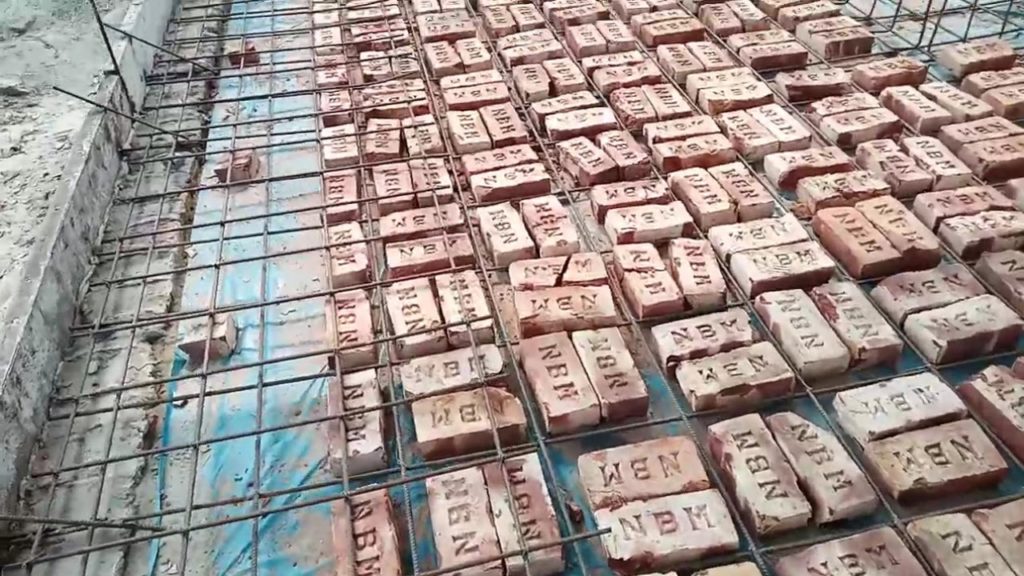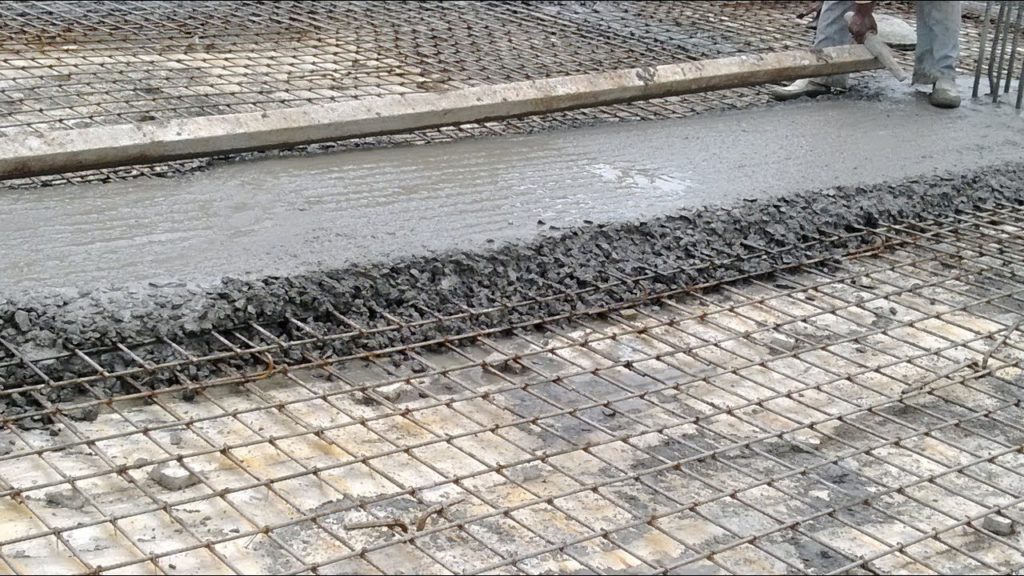Concrete slabs are considered to be the most important part of any building as they complete the flooring and provide base and strength for upper floors.
Moreover, concrete slabs are used to cover spaces and openings between adjacent walls. These slabs are a mixture of cement, sand, crush, steel, and water.
Reinforced brick concrete (RBC) and reinforced cement concrete (RCC) slabs are concrete slabs widely used in the construction industry. In both types, steel is used as a reinforcement placed in between the concrete slab.
The concrete mixture gives strength to the slabs. Because of load-bearing needs, the strength of these slabs is essential.
Graana.com, Pakistan’s smartest property portal, brings you an in-depth guide to understanding concrete slabs and their types for the quality construction of your home.
Evolution of Construction in Pakistan
Going back to the 1950s, 60s, and 70s, we can observe conventional construction of homes where wooden planks and beams were used as support for the roofs, along with a mixture of mud. In rural areas of Pakistan, the practice is still in use as people living in those areas look for more economical and cheaper ways of construction.
Precast concrete beams and slabs replaced the wooden beams at the start of the 1980s, marking the use of modern construction materials and techniques.
However, with the rising population, trends of high-rise buildings started, demanding more advanced construction techniques and better construction materials.
In the late 1980s, reinforced brick concrete (RBC) slabs were introduced into the construction industry. In regions where brick houses were constructed, RBC proved to be a good replacement for the traditional construction materials.
Reinforced brick concrete slabs are economical, and they can be used in places where drawings are not detailed. However, modern construction trends evolved with the arrival of much-detailed construction drawings.
Concrete slabs provide the strength required for modern architectural designs and engineering needs.
Reinforced Brick Concrete (RBC) Vs. Reinforced Cement Concrete (RCC) Slabs

In RBC slabs, bricks are used as the filler material between the concrete and steel reinforcements. Bricks are placed over the steel structure and then concrete is poured covering the steel structure and bricks. These bricks do not add any strength to the slabs but rather act as fillers.
In RBC slab structures, steel bars are crossed over each other. The concrete material poured over them holds them in place and fills the places on all sides, making it a perfect compact structure. RBC slabs are economical as bricks reduce the overall volume of concrete.
RCC (Reinforced Cement Concrete) slabs consist of only concrete material. Providing real strength to the buildings, these RCC slabs are much preferred in civil engineering works for constructing columns, beams, footings, and slabs.
Steel bars are used as reinforcements and are placed at the right height for proper filling of the concrete material. Different parts of the buildings have to carry different loads according to the needs and positioning, and for that reason, the height of steel bars and volume of concrete material varies.
Cement, crush (coarse aggregate), sand (fine aggregate), water, and steel bars are the primary constituents of RCC slabs. RCC slabs have greater strength and load-carrying capacity as compared to the RBC slabs.
Pros and Cons of RBC and RCC Slabs
RBC and RCC slabs both have their positives and negatives in the construction industry. Following are some important pros and cons of both types of slabs:
Load of the Slabs
The load of the slab increases in RBC slabs because of bricks. Bricks have self-load that causes the burden on the floor to rise and creates the risk of design malfunction. However, in RCC slabs, the load on the slab is reduced because there are no bricks in the structure.
Thickness of Slabs
While constructing any building, the thickness of slabs matters a lot. In RBC, the slab is much thicker due to bricks and concrete that is poured over it. However, in RCC slabs, thickness is reduced because there are no bricks. Moreover, in RBC slabs, plaster cement mortar is used along with damp-proof material to make the surface smooth and temperature-absorbing.
Strength of Slabs
Due to a weak bond between bricks, the overall strength of RBC slabs is much weaker. Moreover, bricks increase a load of slabs making them a less-desired material in the construction industry. On the other hand, RCC slabs have higher strength due to a stronger bond of concrete material and steel reinforcements.
Load-Carrying Capacity
The load-carrying capacity of slabs is directly linked to the strength of slabs. RBC slabs have lower strength because of bricks and weaker bonds between these bricks. Moreover, the load on walls is also higher.
On the other hand, the load-carrying capacity of RCC slabs is higher due to the strong bond between concrete material and steel reinforcements.
Resistance to External Factors

While selecting construction materials, several external factors are kept in check. Humidity, dampness, temperature, earthquakes, and a few other factors can damage the buildings if proper materials are not selected.
RBC slabs are not damp-proof. As bricks are porous, they can absorb moisture and cause the bond between bricks to break. With the breakage of bonds between bricks, the chances of the roof collapsing down can increase, making it a hazard for the residents.
RCC slabs, on the other hand, have stronger bonds and are not porous. They do not absorb any moisture and act as damp-proof materials. So, there are lesser risks associated with the RCC slabs
Another important factor is earthquakes. In countries like Japan where earthquakes are quite common, construction material needs to have higher strength. RBC slabs are less resistant to earthquakes as compared to RCC slabs because of their higher strength and strong bonds.
Cost Difference between RCC and RBC Slabs
RBC slabs are economical and slightly cheaper than RCC slabs due to the following factors:
- In RBC slabs, less concrete volume is used due to the usage of bricks.
- Less steel reinforcement quantity because bricks require wider gaps
When it comes to the per cubic meter price of RBC and RCC slabs, reinforced brick concrete slabs are 20-25% cheaper than reinforced cement concrete slabs due to the above-mentioned factors.
Building a house does not require much effort on part of the house owners. Contractors are assigned the tasks and provided with resources to design the building and work on its construction. However, planning and self-awareness of the construction materials and processes is essential. While planning the construction process, choosing the right material requires the utmost attention.
For more information, visit Graana.com – Pakistan’s first online real estate marketplace.
Read More
Latest Prices of Construction Materials in Pakistan
Here’s how you should choose construction material for your house
Construction Practices for Building Strong Foundations




